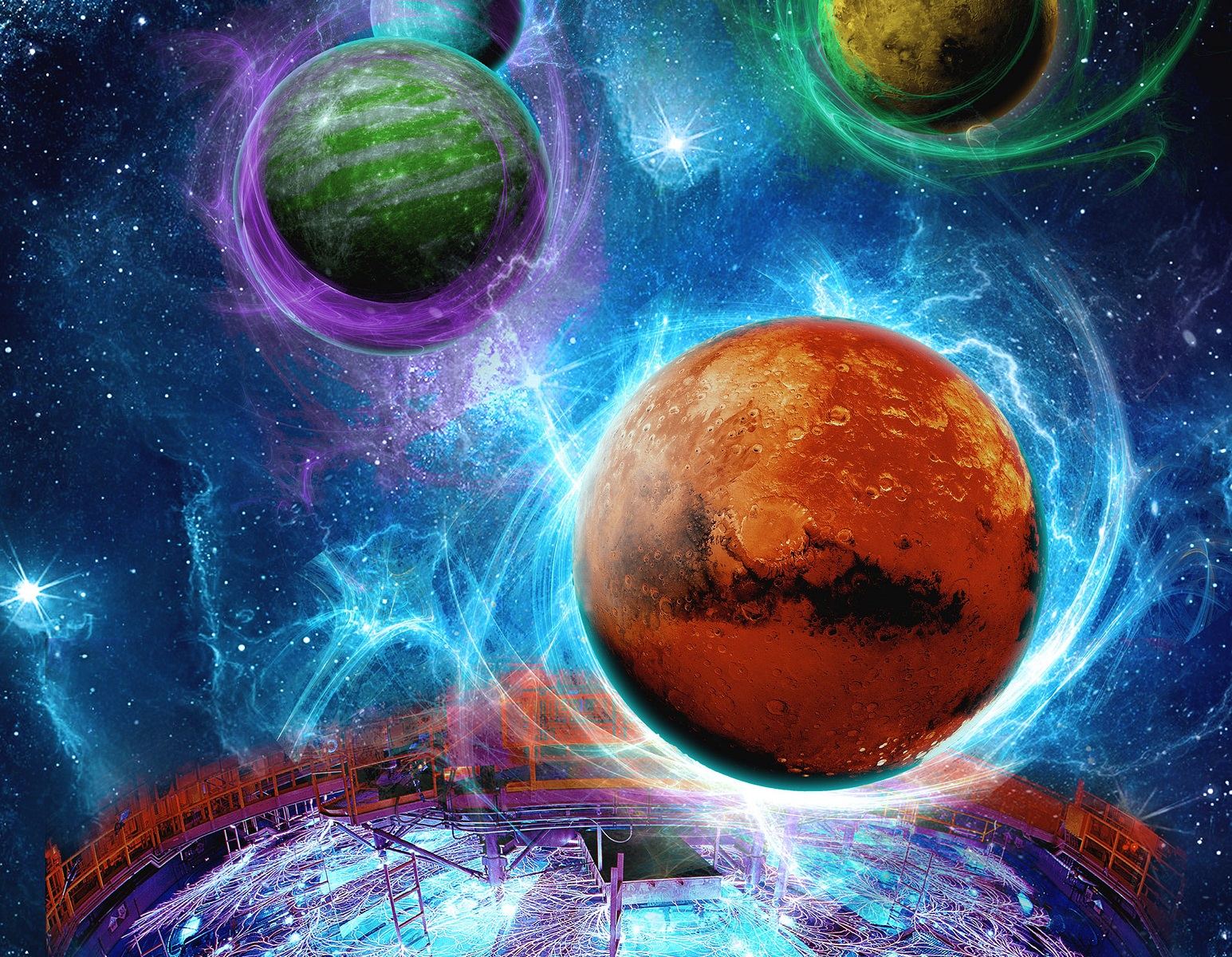Deep inside planet Earth, there is a liquid outer core and a solid inner core that counter-rotate with each other. This creates the dynamo effect that is responsible for generating Earth’s planetary magnetic field. Also known as a magnetosphere, this field keeps our climate stable by preventing Earth’s atmosphere from being lost to space. So when studying rocky exoplanets, scientists naturally wonder if they too have magnetospheres.
Unfortunately, until we can measure an exoplanet’s magnetic fields, we are forced to infer their existence from the available evidence. This is precisely what researchers at the Sandia National Laboratories did with its Z Pulsed Power Facility (PPF). Along with their partners at the Carnegie Institution for Science, they were able to replicate the gravitational pressures of “Super-Earths” to see if they could generate magnetic fields.
Continue reading “Super-Earth Conditions Simulated in the Lab to Discover if They’re Habitable”
